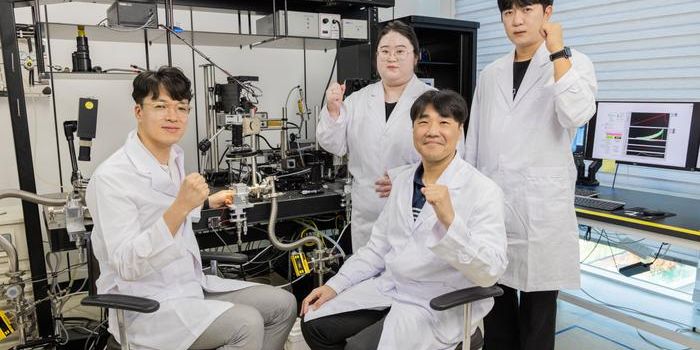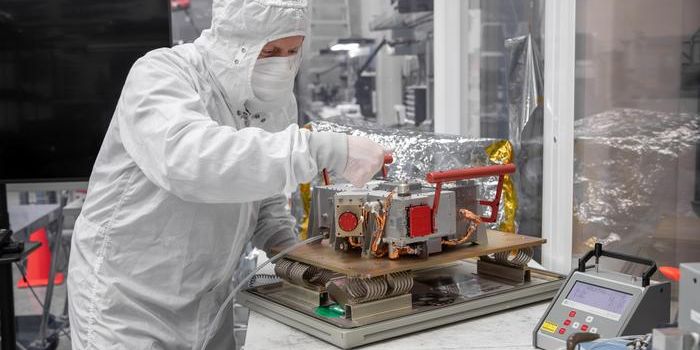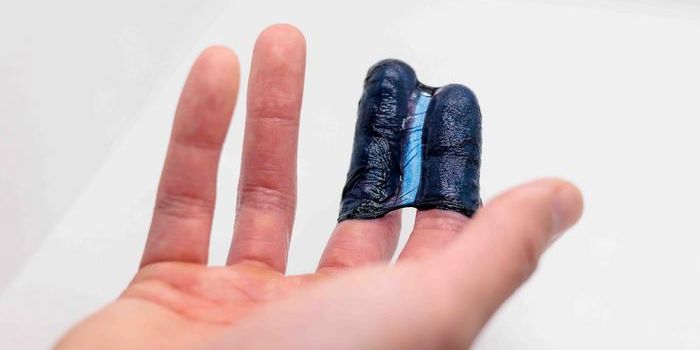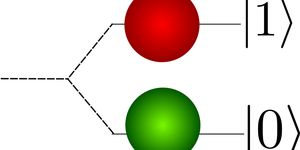Earth & The Environment
Song of Ice and Fire: Active Volcano Found Beneath Antarctic Snow
JAN 02, 2014 12:00 AM PST
Share
Forgetting to Turn Light Out Leads to 400-Fold Improvement in Conductivity
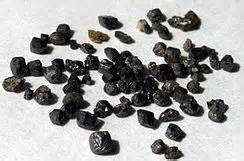 The next time somebody berates you for leaving the light on, cheerfully tell of the tale of Washington State University student Marianne Tarun who inadvertently did the same, and in the process, stumbled upon a breakthrough in materials science that could potentially lead to more advanced microprocessors and storage devices.
The next time somebody berates you for leaving the light on, cheerfully tell of the tale of Washington State University student Marianne Tarun who inadvertently did the same, and in the process, stumbled upon a breakthrough in materials science that could potentially lead to more advanced microprocessors and storage devices.Tarun, a doctoral candidate, was working with a crystal of strontium titanate - a strontium and platinum oxide- noticed that the conductivity of the sample was a whopping 400 times more than it should have been. At first, it was feared that the sample had been contaminated. But this was found not to have been the case, and upon further experimentation Tarun and her colleagues made a startling discovery: that it was accidental exposure to an abundance of light - which Tarun had forgotten to turn off in the lab - that had induced the effect. Tarun's findings, co-authored with Washington State physics department chair Matthew McCluskey, are now being published in the journal Physical Review Letters.
The effect Tarun and her associates have come across is known as persistent photoconductivity. It is not the same as superconductivity: the complete absence of resistance for an electrical current and a long-sought goal of applied research. However, that there was dramatic increase of conductivity and at room temperature (superconductivity has primarily been observed at those near absolute zero on the Kelvin range) has enthused researchers. "It came by accident," Tarun said.
Upon further experimentation, Tarun and co-workers found that the strontium titanate demonstrated "enhanced conductivity" with "negligible decay" of the effect for several days following light exposure. "It's not something we expected," said Tarun, "That makes it very exciting to share." In one example, the crystal's conductivity remained extremely strong after being exposed to light for a mere ten minutes.
Researchers have long been fascinated by the electrical properties of oxides such as strontium titanate. Compounds of oxygen and at least two or more other elements, oxides, have been found to possess extreme insulation properties as well as drastic lack of resistance, depending on environment and other factors. In the case of Tarun's discovery, it is thought that light frees electrons throughout the material. The result is a medium with greatly diminished resistance to current, and capable of maintaining the quality for long periods of time. Until now however, these properties have proven elusive to harness and turn toward practical applications.
That may be poised to change. Already, uses for Tarun's discovery are being considered. One of them is possibly holographic memory. Rather than using only the surface of a chip or a hard disk to store information, "A device using persistent photoconductivity," suggested McCluskey, "could store information throughout the entire volume of a crystal." Such an application could radically revolutionize consumer electronics, particularly mobile devices such as smartphones and tablets which have traditionally enjoyed data storage at a premium.
You May Also Like
Loading Comments...

